Back
Fascial Counterstrain: A Solution for Migraines and Headaches
By Shannon Strauch, PTA, STMT-1 on 10/30/2024
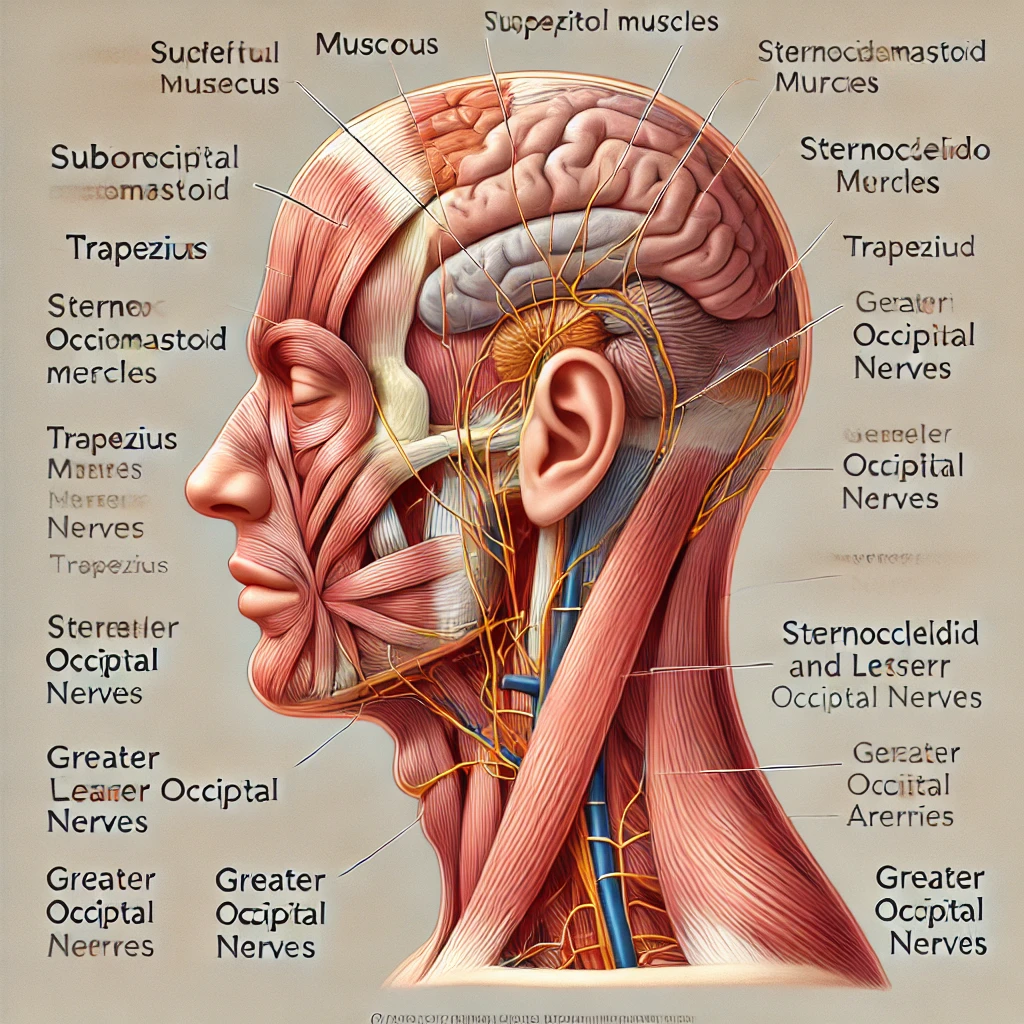
Headaches and migraines can stem from various musculoskeletal and fascial issues. Fascial counterstrain (FCS) is a gentle, non-invasive approach targeting specific areas of fascial tension that may be contributing to these painful episodes. Let’s dive into the anatomy involved and see how FCS works to relieve chronic headaches.
1. Anatomy of Headaches and Migraines: Key Areas Impacted by Fascial Tension
Cervical Muscles
Suboccipital Muscles
: These small muscles at the base of the skull (between the skull and the first two vertebrae) are often responsible for tension headaches. The suboccipitals can become tight from poor posture or stress, restricting blood flow and triggering headaches that radiate around the skull.
Trapezius and Sternocleidomastoid (SCM)
: The trapezius spans the upper back, neck, and shoulders, while the SCM connects behind the ear to the collarbone. Tension in these muscles can lead to headaches that extend from the back of the head to the forehead.
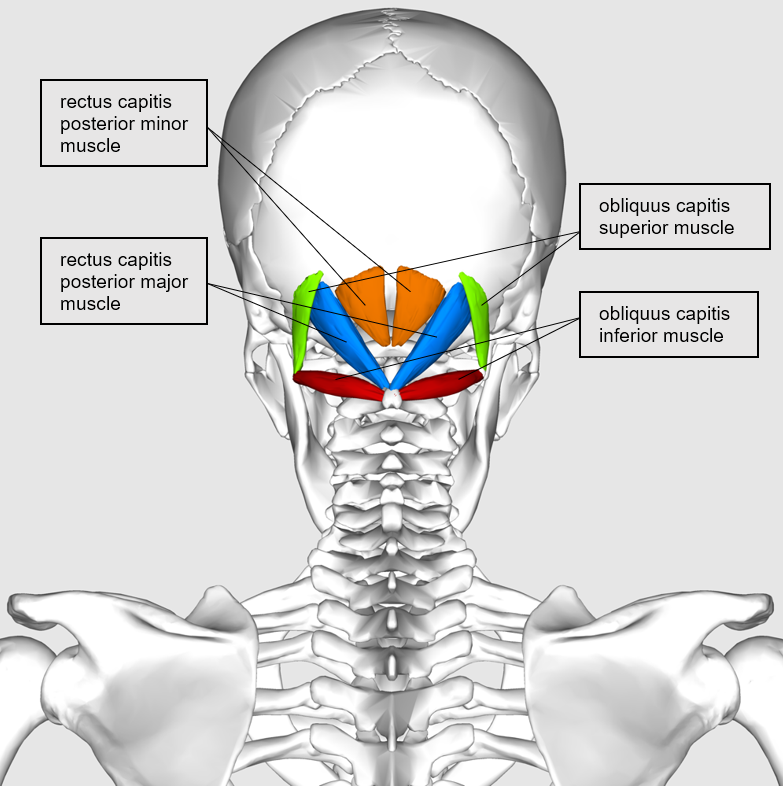
Fascia and Connective Tissue
Superficial and Deep Cervical Fascia
: The cervical fascia is a connective tissue network that envelopes muscles, nerves, and blood vessels in the neck. It’s divided into superficial and deep layers. Restrictions in this fascia can limit neck mobility and cause radiating pain to the head.
Temporal Fascia and Scalp Fascia
: These layers cover the temporal muscles and the scalp. Tension or restriction here can be linked to tension headaches, as tight fascia in the scalp pulls and causes discomfort.

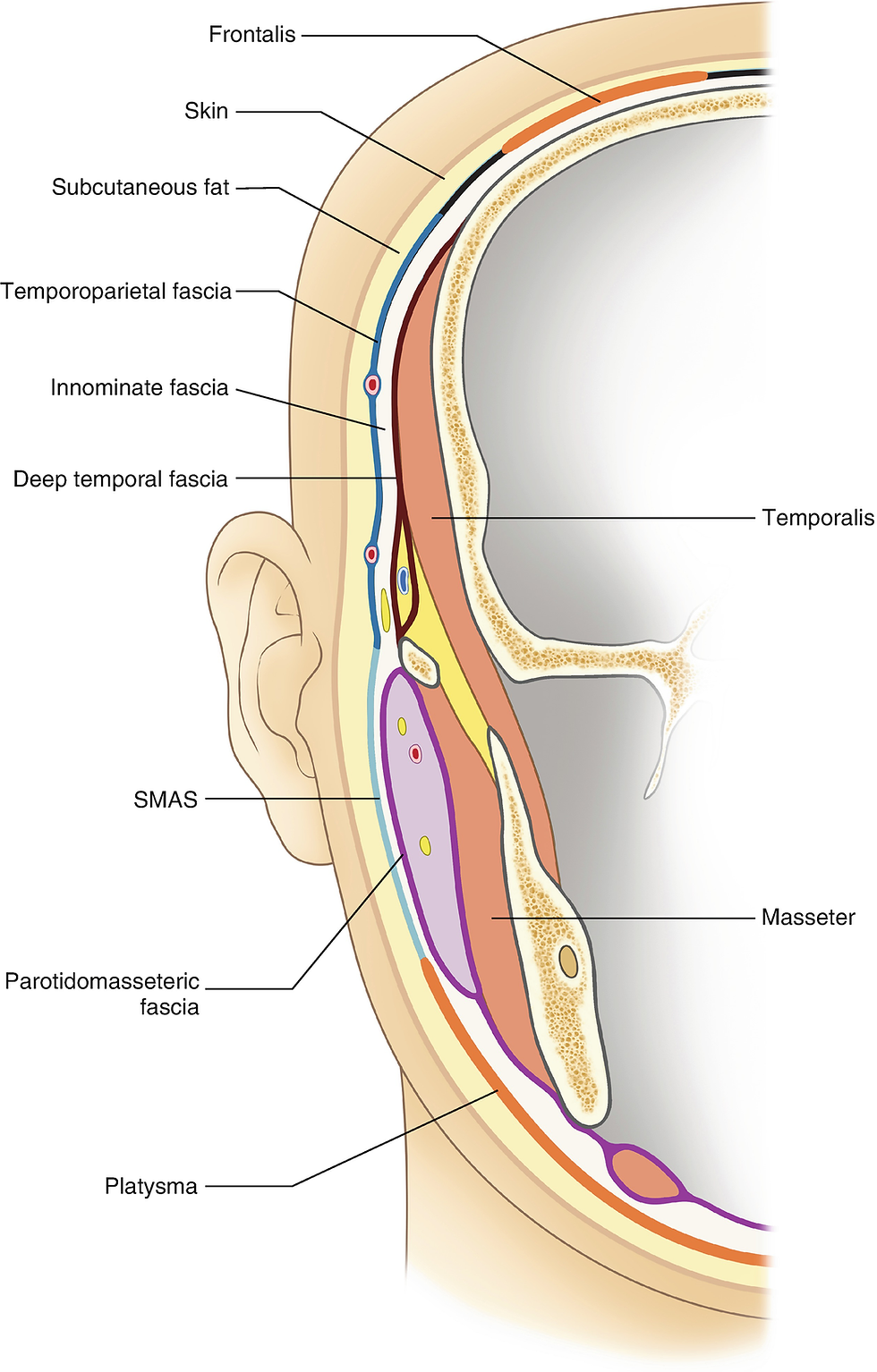
Nervous System and Autonomic Balance
Greater and Lesser Occipital Nerves
: These nerves originate at the base of the skull and travel over the scalp. Fascial tension around these nerves can trigger occipital neuralgia, leading to sharp, radiating pain from the neck to the head. Fascial counterstrain can relieve compression and irritation around these nerves, calming nerve activity and reducing headaches.
Autonomic Nervous System (ANS)
: When fascia surrounding nerves is tight or hypersensitive, it can activate the sympathetic (fight-or-flight) response, which often exacerbates headaches. FCS can help calm these autonomic responses, reducing stress-related headache triggers.
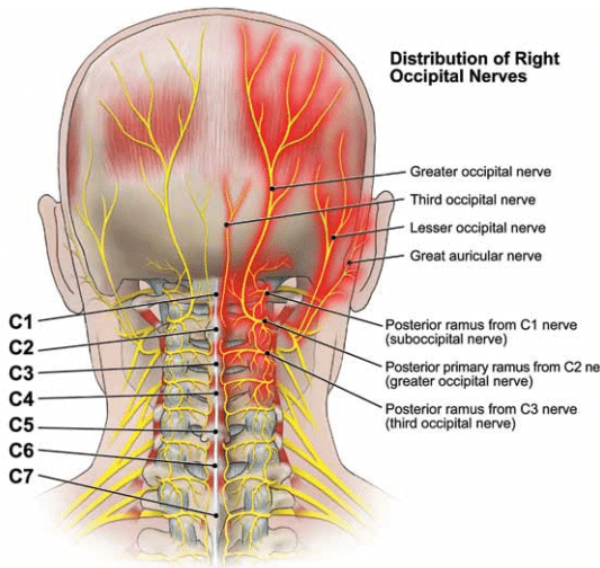
Blood Vessels and Lymphatic System
Vertebral and Carotid Arteries
: These major arteries supply blood to the head and neck. Fascial tension can partially restrict these vessels, impacting blood flow to the brain and contributing to migraines. FCS gently releases fascial layers around these vessels to improve circulation.
Lymphatic Pathways
: Lymphatic congestion in the head and neck can exacerbate headaches due to toxin buildup and inflammation. Fascial counterstrain can enhance lymphatic drainage by relieving fascial restrictions around lymph nodes and vessels.
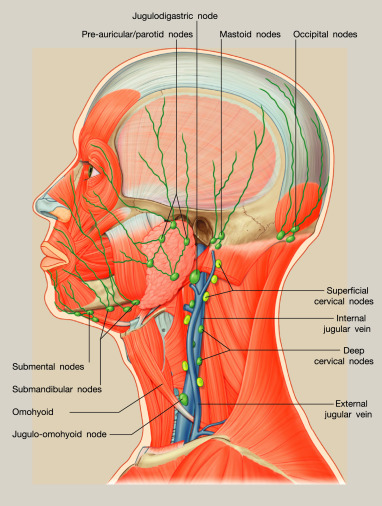
2. How Fascial Counterstrain Alleviates Migraines and Headaches
Fascial counterstrain involves positioning the body in ways that allow overstretched fascia and other structures to release. By applying precise, passive positioning to target areas of fascial restriction, FCS reduces tension and inflammation in the tissues, alleviating the root causes of headaches.
3. Benefits of Fascial Counterstrain for Headache Sufferers
Immediate Relief
: Patients often experience reduced pain during the session as fascial tension and nervous hypersensitivity are calmed.
Reduced Frequency and Intensity
: Over time, fascial counterstrain can lessen the chronicity and severity of headaches by restoring proper fascial and nerve function.
Fascial counterstrain is an effective, gentle approach for chronic headaches and migraines, targeting the deeper anatomical structures that often hold the key to lasting relief. By addressing specific muscle groups, fascia, nerves, and blood vessels, this approach provides relief and promotes overall head and neck health.
Read More:
How Chronic Pelvic Congestion in Men Contributes to Prostatitis By Shannon Strauch, PTA, STMT-1 on 12/11/2024 How lymphatic issues can cause symptoms of prostatitis Prostatitis and Tight Pelvic Floor Muscles: A Comprehensive Guide By Shannon Strauch, PTA, STMT-1 on 12/10/2024 How a tight pelvic floor can be the reason for prostatitis symptoms
Are you ready to live pain free?
Request An Appointment